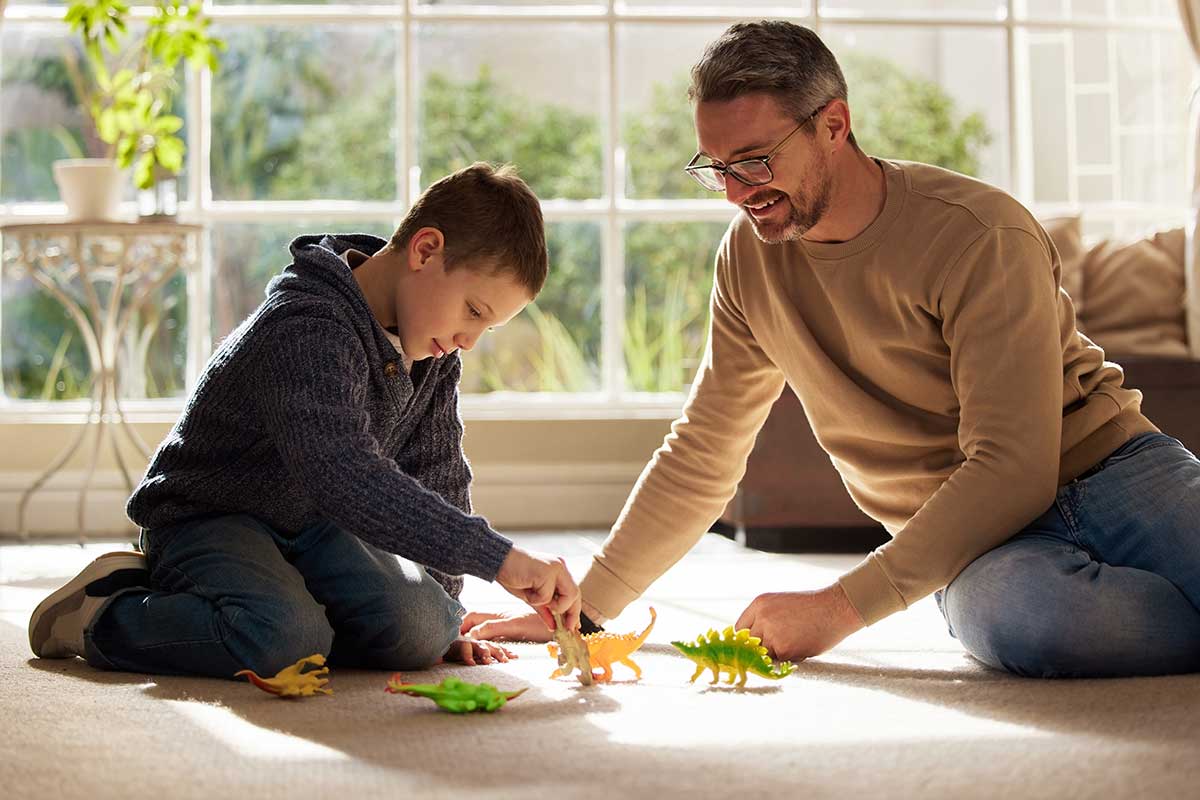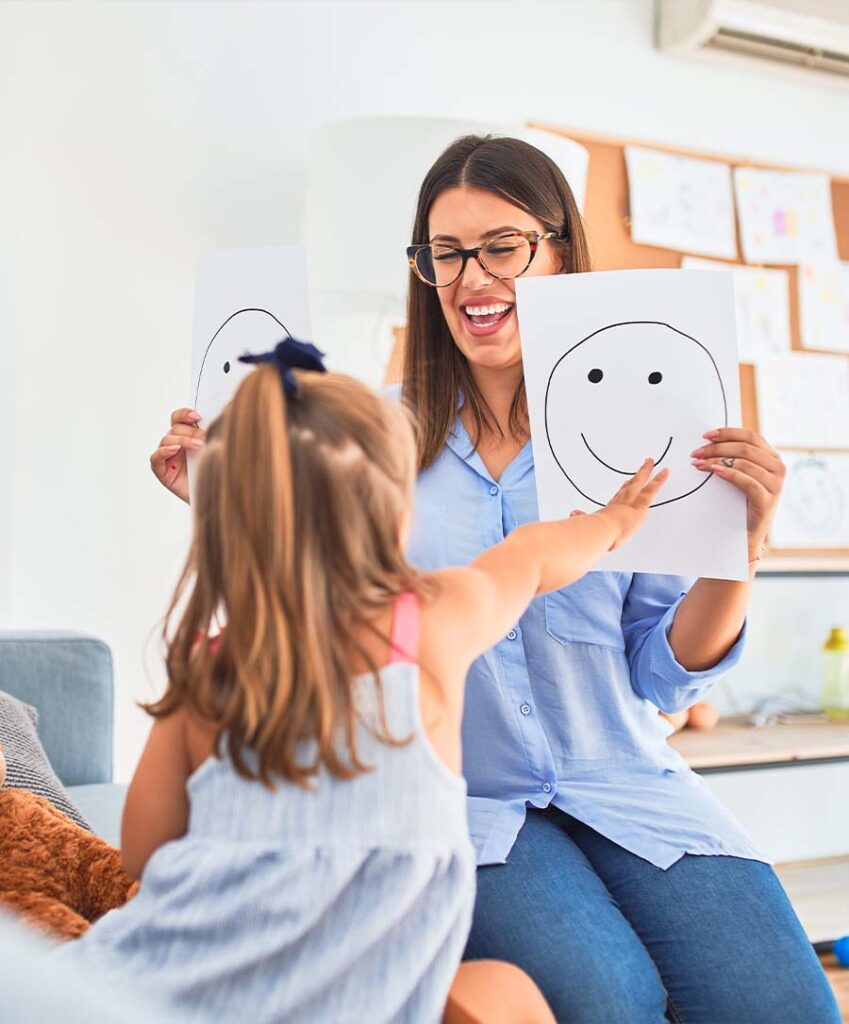Communication is one of the most important ways we connect with our children, yet it can take different forms for children with autism. For many parents, finding effective ways to support communication at home is both a priority and a challenge.
Fortunately, there are numerous strategies and tools designed to help children with autism express themselves and build meaningful interactions with their families and the world around them. Reach out to learn about our speech therapy.
Finding the Right Communication Approach
Every child with autism is unique, and their communication needs may vary widely. It’s important to begin by observing how your child already communicates. For example, do they point to items they want, mimic actions, or seek your attention in other ways? These small but meaningful gestures provide a foundation for enhancing communication.
Speech therapy for autism plays a central role in helping children develop communication skills. If you’re seeking speech therapy for autism near you, we can help.
Tools to Support Communication
Children with autism often benefit from visual and technological tools. Below are some effective aids to consider incorporating into your everyday routines:
1. Communication Devices to Support Children with Autism
Technology has made significant advances in communication tools for nonverbal individuals. Augmentative and Alternative Communication (AAC) devices, such as tablets with specialized apps, enable children to convey their wants, needs, and emotions using symbols, pictures, and even synthesized speech. Devices like these can give children a voice and allow them to interact with their environment more effectively.
2. Picture Communication Cards and Boards
Picture communication cards and boards provide a simple, cost-effective way to enhance interaction. These tools typically feature images or symbols representing common actions, objects, or feelings.
For example, your child might hand you a card illustrating a sandwich when it’s time for lunch. Picture communication boards often group these images into categories for easier navigation. Families can even customize cards and boards to match their child’s preferences and daily routine.
3. Visual Schedules
Visual schedules are highly effective for promoting understanding and reducing anxiety about transitions. Using pictures or written steps, these schedules help children grasp what to expect next.
For instance, a visual schedule might outline the steps of getting ready for bed or going to the park. The predictability and structure they provide can make a significant difference in day-to-day communication.
Communication Strategies to Support Your Child with Autism
While tools like devices and boards are invaluable, they work best when paired with intentional strategies that encourage connection. Here are a few approaches parents can practice at home:
1. Create Opportunities for Communication
Instead of anticipating your child’s every need, create scenarios where they have to communicate. For example, if your child wants a snack, hold up two options and wait for them to point, reach, or use a communication card to choose. This simple shift helps reinforce the idea that communication leads to their desired outcome.
2. Use Modeling
Demonstrating how to use communication tools is essential. If you are introducing a picture communication board, model how to use it consistently. Say the word or phrase aloud as you point to a matching image. This helps your child associate the symbols with meaning over time.
3. Celebrate Small Victories
When your child attempts to communicate, even in small ways, celebrate their efforts. Positive reinforcement, like praise, hugs, or clapping, encourages them to keep engaging and exploring new methods of expression.
4. Simplify and Repeat
Use short, simple sentences when speaking, and repeat essential words or phrases often. For example, during snack time, you might say, “Open” for the applesauce, and then “Open” for the goldfish. Clear and repetitive language supports comprehension and association.
Building a Support Network
Supporting your child’s communication development is a collaborative effort. Speech therapists, occupational therapists, and teachers can all provide valuable guidance in this process. By working together, you can create a consistent plan that enhances your child’s ability to express themselves.
Our speech therapy can be integrated into home-based and center-based ABA programs. Reach out to us today and learn more about our individualized speech therapy services
Reach Out Today
Enhancing communication for children with autism requires patience, creativity, and a willingness to explore the best fit for your child. By utilizing tools like autism communication cards or devices, along with thoughtful strategies at home, you’re helping your child find ways to engage and connect meaningfully.
At Children’s Specialized ABA, we understand the challenges and joys of building bridges of communication with your child. We’re here to guide you every step of the way, whether it’s through therapy services or resources to support your family’s unique needs. Together, we can make sure your child’s voice is heard in whatever form it takes. Call 201.979.0772 or connect with us online today.






